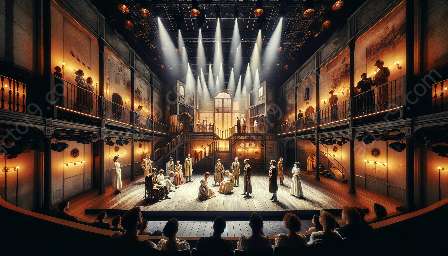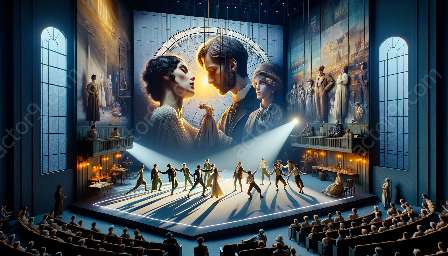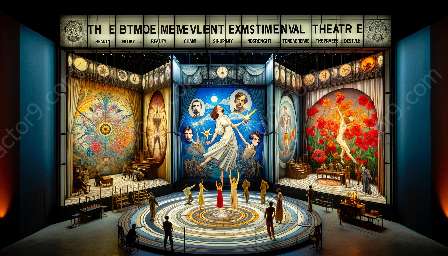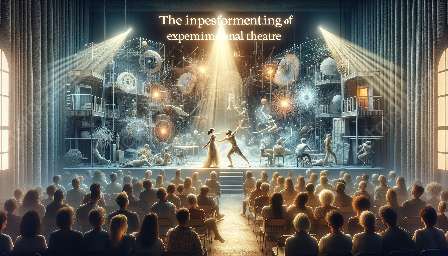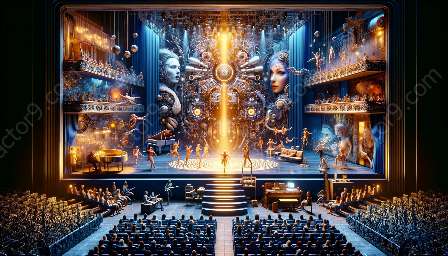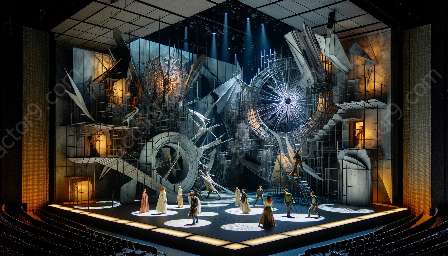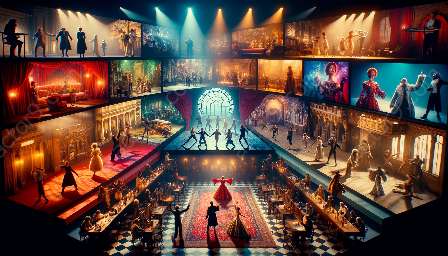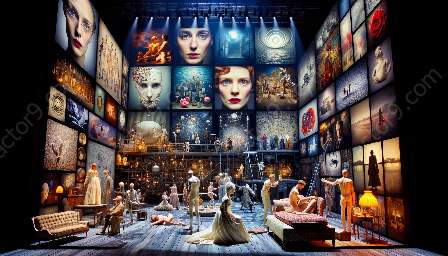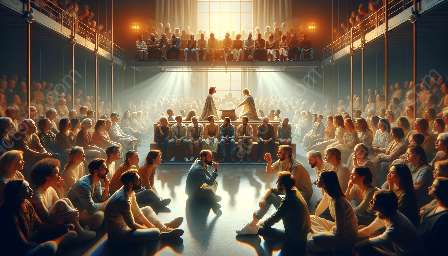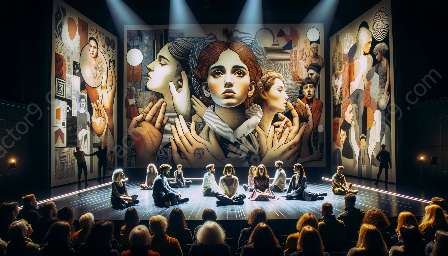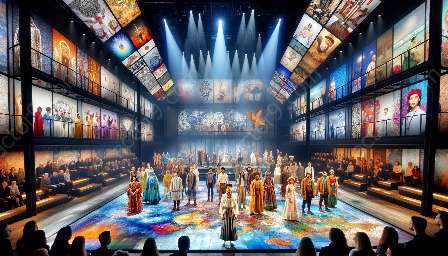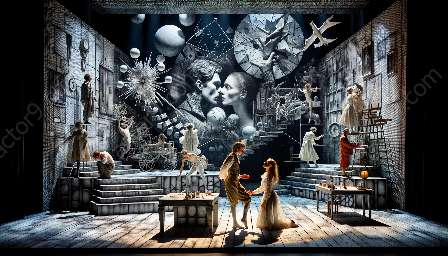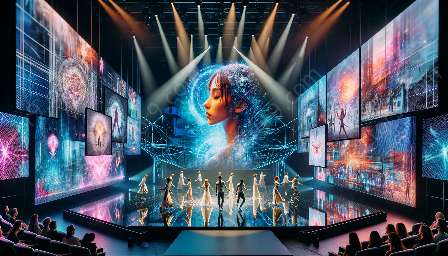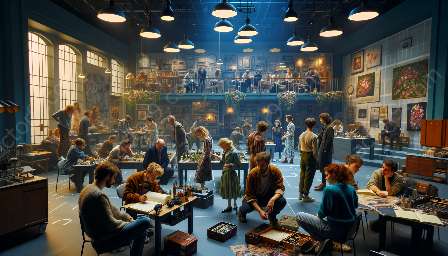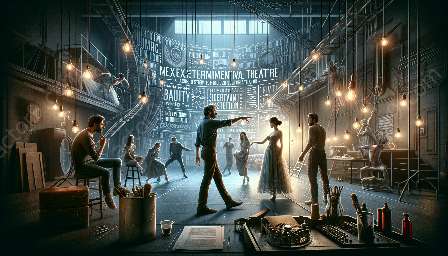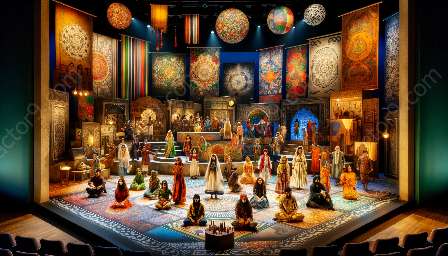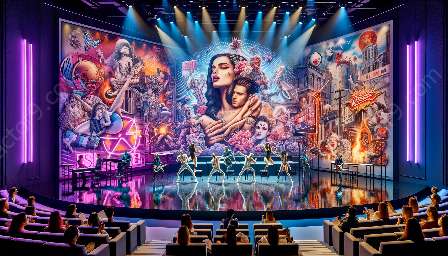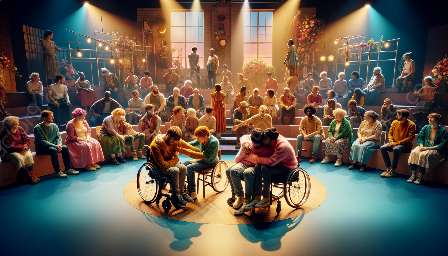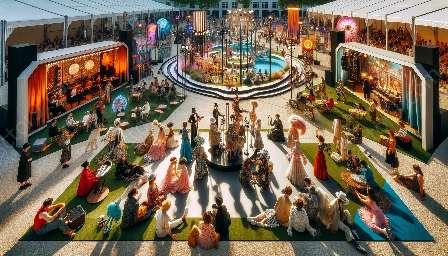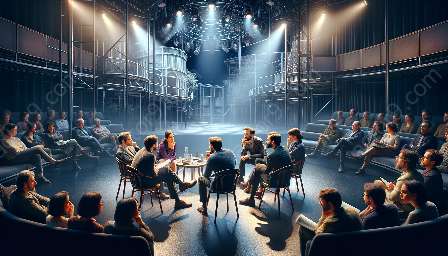Experimental theatre is a dynamic and innovative form of artistic expression that pushes the boundaries of traditional performance. In this context, costume design plays a pivotal role in contributing to the overall aesthetic of the production. By exploring the intricate relationship between costume design, production, and stage design, we can gain a deeper understanding of how these elements collectively shape the visual and thematic experience of experimental theatre.
Understanding Experimental Theatre
Before delving into the contribution of costume design, it's important to establish an understanding of experimental theatre. Unlike conventional theatre, experimental theatre defies traditional norms and conventions, often incorporating avant-garde techniques and unconventional storytelling methods. It prioritizes creative exploration and abstraction, inviting audiences to engage with thought-provoking and immersive experiences.
The Interplay of Costume Design and Production
Costume design is an integral component of the production process in experimental theatre. It involves conceptualizing, creating, and selecting attire that aligns with the director's vision, narrative, and thematic underpinnings. The dynamic relationship between costume design and production is characterized by a collaborative and symbiotic exchange, where costumes are not merely garments but extensions of the characters and the narrative. The production process often involves close coordination between costume designers, directors, and other creatives to ensure cohesive visual storytelling.
Role of Costume Design in Shaping the Visual Language
Costume design significantly contributes to shaping the visual language of experimental theatre. It serves as a means of non-verbal communication, conveying characters' personalities, emotions, and societal roles. The aesthetics and styles of the costumes reflect the time period, cultural context, and the surreal or abstract elements of the narrative. Through the careful selection of fabrics, colors, and textures, costume designers imbue the production with an evocative and symbolic visual language, heightening the audience's sensory experience.
Integration with Stage Design in Experimental Theatre
Costume design harmoniously integrates with stage design to create a cohesive and immersive environment in experimental theatre. Both elements work in tandem to establish an evocative atmosphere, with the stage serving as a canvas for the costumes to interact dynamically with the spatial dynamics of the performance. The synthesis of costume and stage design enhances the overall world-building and amplifies the themes and narrative, blurring the boundaries between the physical and metaphysical realms.
Exemplifying Innovation and Provocation
In experimental theatre, costume design often exemplifies innovation and provocation. Designers utilize unconventional materials, structures, and forms to challenge preconceived notions of attire, blurring the lines between fashion and art. The experimental nature of costume design in this context propels the audience into uncharted territories, stimulating their imagination and provoking introspection.
Conclusion
The interplay of costume design, production, and stage design in experimental theatre is a multifaceted and dynamic process that significantly shapes the overall aesthetic and immersive experience for audiences. By embracing experimentation, collaboration, and pushing creative boundaries, costume design becomes an indispensable tool for enhancing the visual and thematic impact of experimental theatre.

